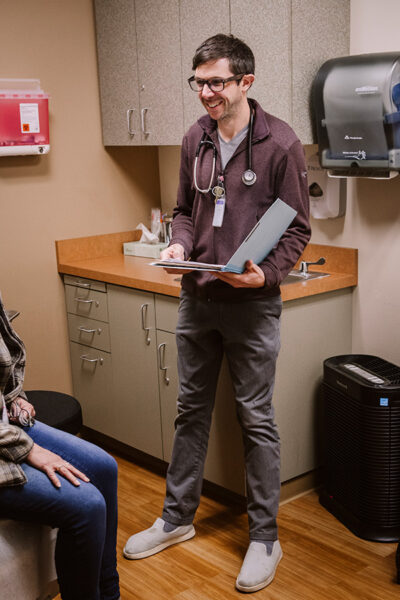Help your patients understand – and then act.
 What is health literacy?
What is health literacy?
“Health literacy” refers to how well a person digests basic health information and uses it to make good decisions. A patient with high health literacy can successfully obtain, communicate, process and understand information about their health and take better care of themselves.
Why do I need to pay attention to it?
Studies show that nearly half of patients have limited health literacy. Providers can’t assume that patients are health literate.
How can I support my patients?
- Use the teach-back method to check for understanding.
- Avoid jargon. Use common words whenever possible.
- Encourage patients to take notes and ask questions. Leave space for two-way dialogue.
- Provide written materials that use plain language (more on this below).
- Include health literacy in staff training.
How do I use plain language?
- Write in short sentences that contain only one idea. Try to limit each sentence to no more than 12 words.
- Aim for a fifth- or sixth-grade reading level. Programs like MS Word and MS Outlook can help you with this.
- Use simple language rather than jargon. This thesaurus and these test exercises and answers will help.
- Organize information into lists, using bullets or numbers.
- Leave lots of white space around text.
- Use graphics to aid understanding.
Learn how to boost your patients’ health literacy!
Contact Claire Tranchese, OPCA
503-228-8852, x243
And check these resources…
Sample Action Plan to Improve Health Literacy
Tackling Health Literacy: A How-to Story from a Hawaiian Community Health Center
Improve the Usability of Health Information
Integrating Health Literacy with Health Care Performance Measures

